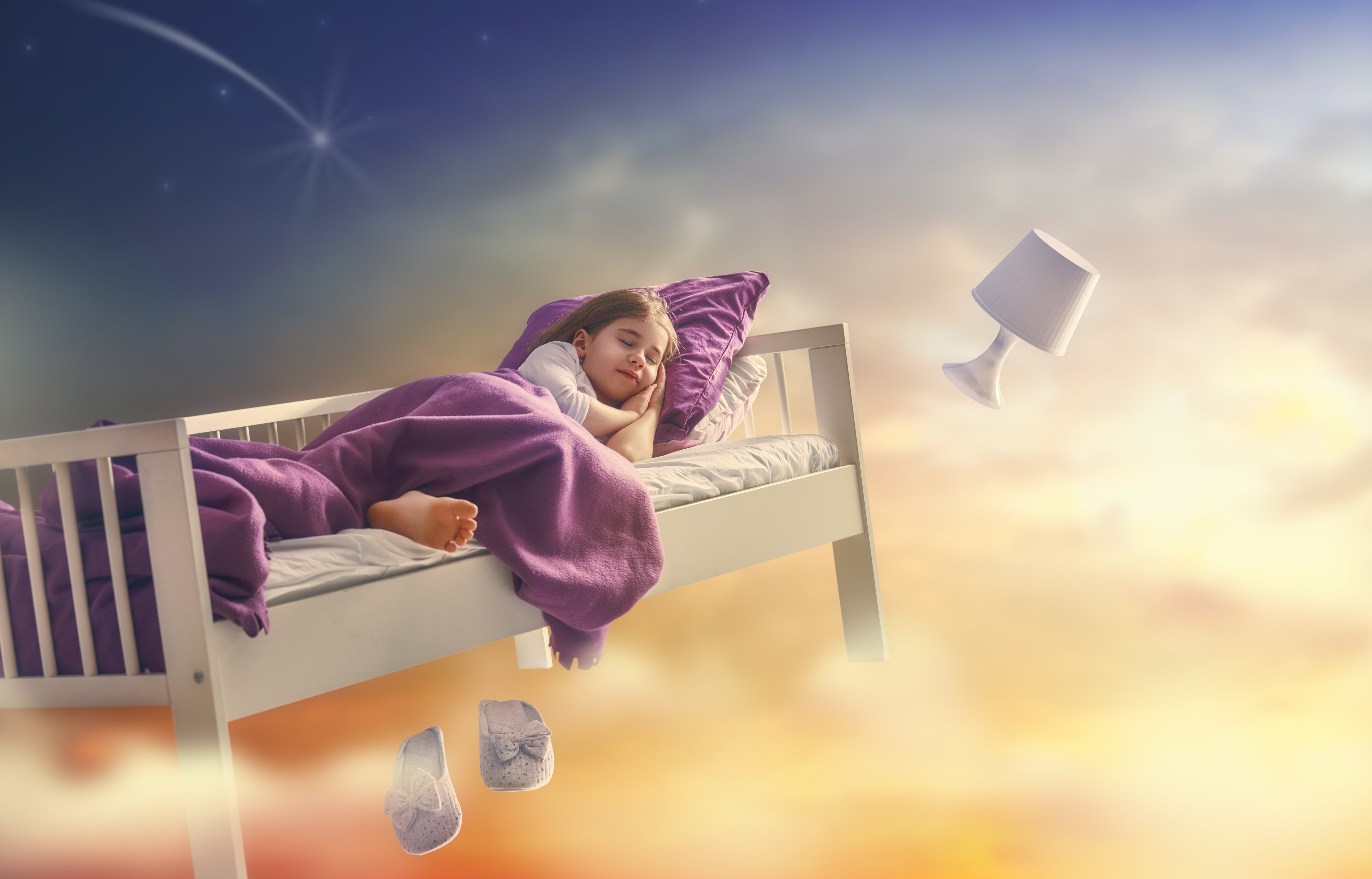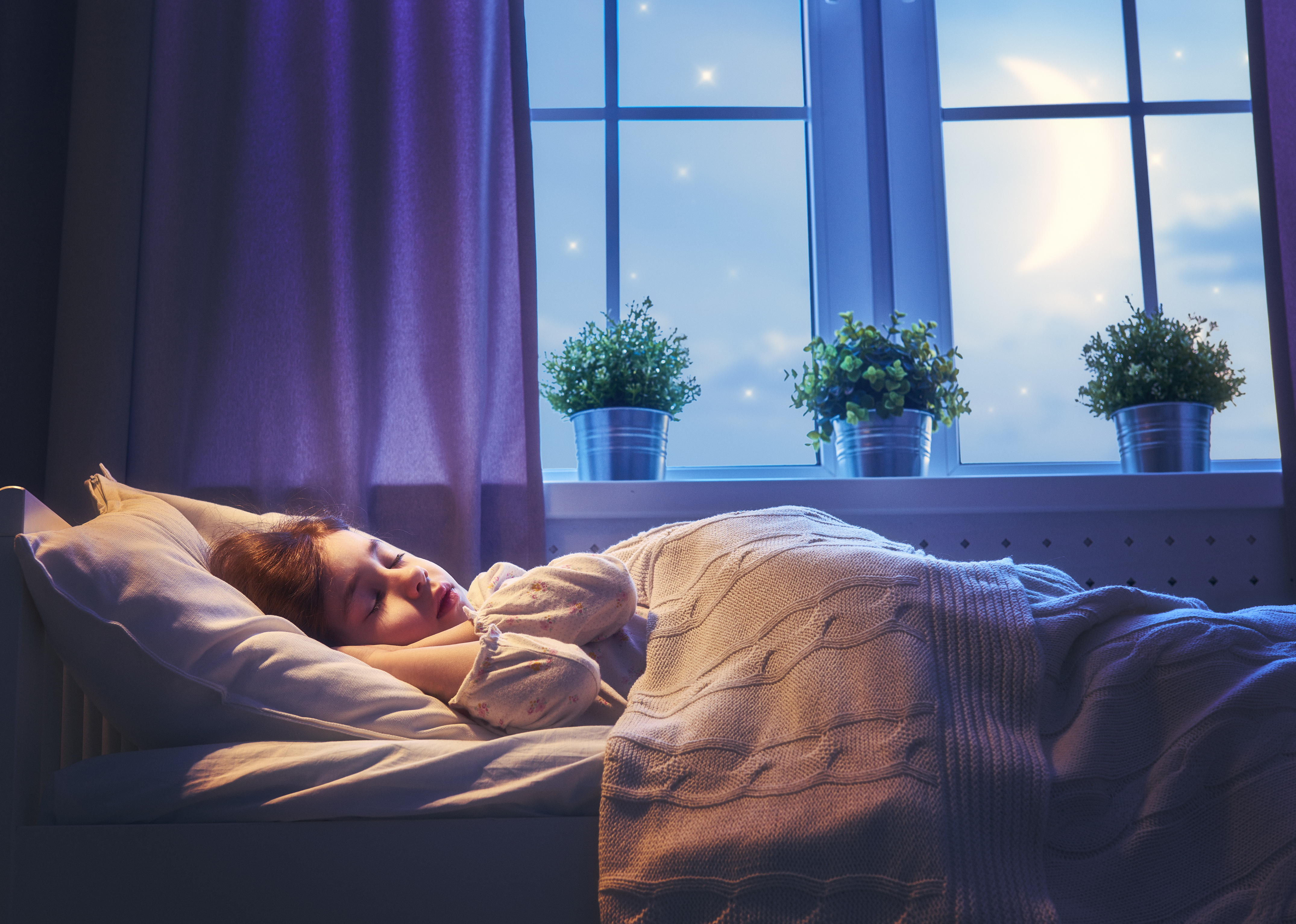A lot of people twitch in their sleep, but they aren’t usually aware when it happens. And until now, we’ll wager most people don’t even know why it happens. Read carefully, this fascinating information might come in handy for impressive party conversation.
First, some terms used to describe the sleep twitch:
- Myoclonus (scientific term for muscle twitch)
- Hypnogogic jerks (the twitch itself)
- Hypnic jerks
- Myoclonic jerk
- Sleep start
- Night start
Between 60 and 70 percent of people experience sleep twitches, but they don’t usually recall them because they fall asleep immediately after they have them. This makes it challenging for researchers because part of their data collection relies on what the sleep study participants report. Observations work, of course, but scientists want to dive deeper to gain a fuller understanding of these hypnogogic jerks.
The Factory Hand-Off
Scientists say the sleep twitch is the result of your waking state handing you over to the unconscious processes as you fall asleep. A great analogy is a shift change at factory that requires everything to go smoothly. In the case of sleep, the factory is your brain, and the shift change is between two parts of your brain called the reticular activating system (RAS) and the ventrolateral preoptic nucleus (VLPO).
Located in the middle of the brain right next to each other and just behind the eyes, RAS handles wakefulness and the transition to sleep while the VLPO controls you when you are asleep. They are actually two opposing systems that have to work together in this transition from being awake to going to sleep.

The Messengers
There are some very important messengers involved with the factory shift change. First is the neurotransmitter and hormone serotonin, which the brain stops sending out during the transition to sleep. Serotonin does many things, including controlling the large muscles in the body. The brain stops sending serotonin to the body to prevent you from moving around much during sleep. However, serotonin does not control the much smaller ones that are found in our wrists, lips and eyes, which have all been observed to involved in sleep twitches.
Ah, it’s starting to come together, isn’t it? But here’s where it gets even more interesting: Researchers tell us that about 90 minutes after you fall asleep, two neurotransmitters GABA and glycine work together to paralyze you so you’re not getting up and acting out anything when you are in the dream stage.
One hypothesis on sleep twitches is that they are happening when you start to dream but are not yet fully paralyzed. The twitches are a symptom of misfiring nerves as RAS and VLPO are fighting out the hand off. Remember, these are two systems that do opposite work.
Sleep experts say hypnic jerks are common in healthy people, but certain triggers can make them worse, such as stress, heavy workouts, fatigue, sleep deprivation or use of stimulants and certain medications like serotonin reuptake inhibitors.
